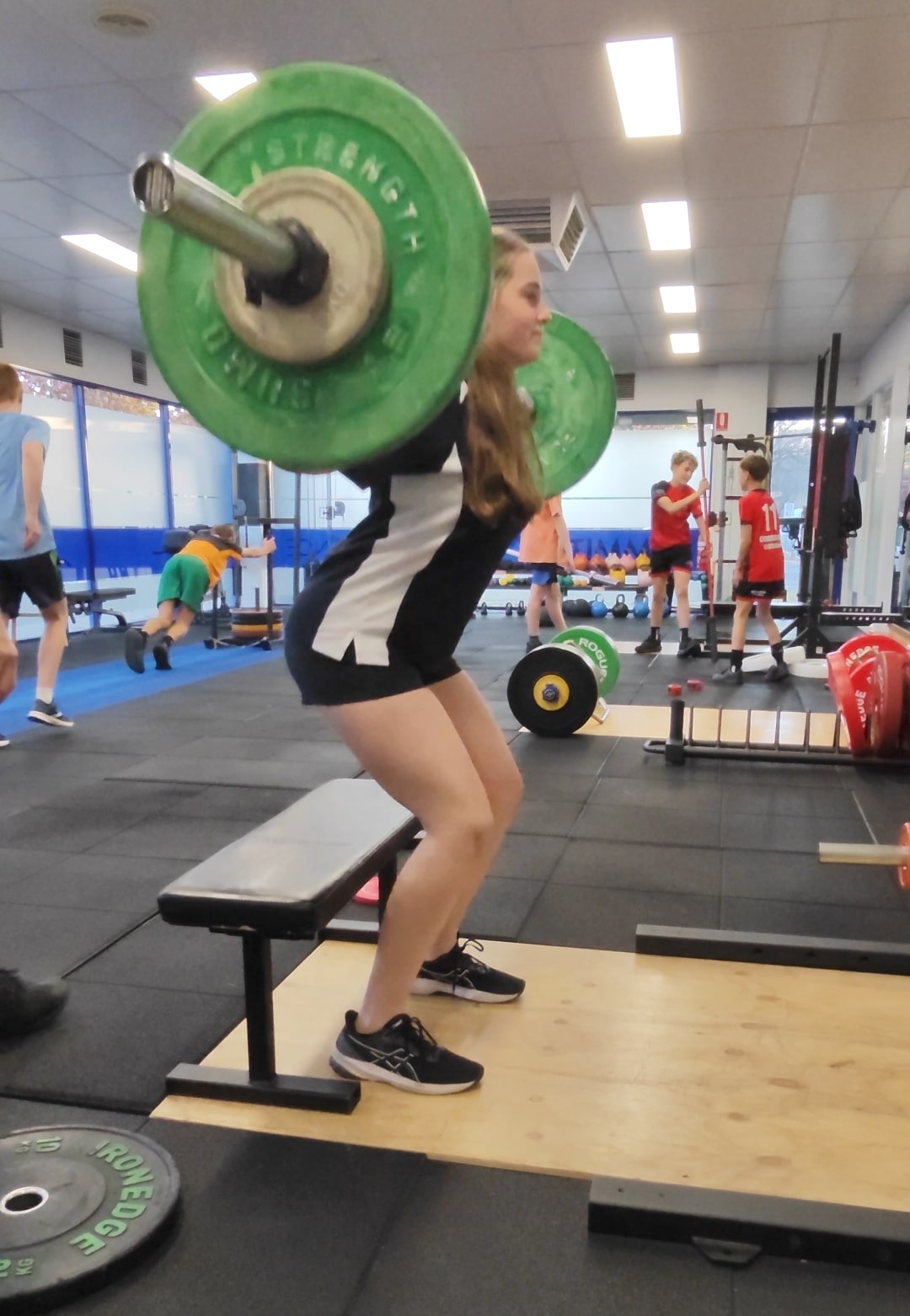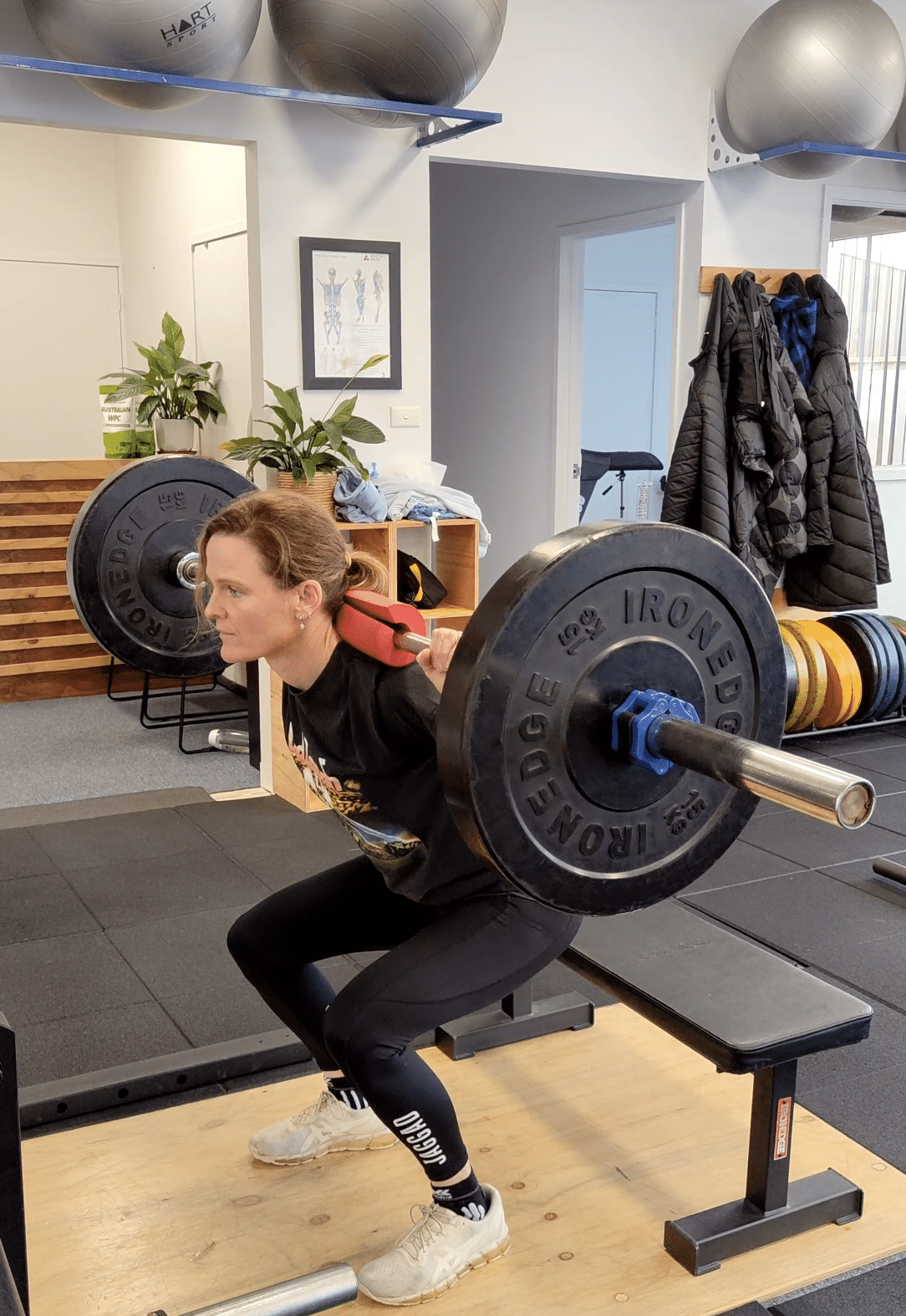Menopause, a significant phase in a woman’s life, brings about hormonal shifts that can impact various aspects of health and well-being. In Stacy Sims’ book “ROAR,” the emphasis on strength training during menopause emerges as a cornerstone for maintaining optimal health. This article delves into the multifaceted benefits of strength training, exploring its physiological and psychological impacts on women during this transitional period.
Understanding Menopause:
Before delving into the benefits of strength training, it’s essential to comprehend the physiological changes that women undergo during menopause. Menopause typically occurs in the late 40s to early 50s, marking the end of a woman’s reproductive years. Hormonal fluctuations, particularly a decline in estrogen, can lead to a range of symptoms, including hot flashes, mood swings, and changes in body composition.
Preserving Muscle Mass and Bone Density:
One of the primary concerns during menopause is the natural decline in muscle mass and bone density. Sims emphasises the role of strength training in mitigating these concerns. Resistance exercises not only build and tone muscles but also play a pivotal role in preserving bone mineral density, thereby reducing the risk of osteoporosis and fractures.
Sims argues that women should view strength training not just as a means of sculpting their physique but as a proactive strategy for ensuring musculoskeletal health during and after menopause. Engaging in targeted resistance training exercises becomes a proactive measure to combat the physiological changes that could compromise the structural integrity of bones and muscles.
Managing Weight and Metabolism:
Menopause often brings about changes in metabolism and body composition, contributing to weight gain, particularly around the abdominal area. Sims advocates for incorporating strength training into the fitness regimen to address these concerns. Resistance exercises, she suggests, can boost metabolism, increase energy expenditure, and counteract the natural decline in metabolic rate associated with aging.
In Australian, where our active lifestyle is often celebrated, Sims’ insights align with the cultural emphasis on health and fitness. Encouraging women to integrate strength training into their routines not only promotes a healthy body weight but also aligns with the broader societal emphasis on overall well-being.
Psychological Benefits of Strength Training:
Beyond the physical advantages, Sims underscores the profound psychological benefits of strength training for women navigating the challenges of menopause. The hormonal fluctuations during this period can contribute to mood swings and heightened emotional sensitivity. Engaging in regular strength training has been shown to positively impact mood and alleviate symptoms of anxiety and depression.
In the context of Australia’s vibrant outdoor culture, promoting strength training as a holistic approach to menopausal well-being aligns with the ethos of enjoying an active and fulfilling life. Whether it’s lifting weights at a local gym or participating in outdoor group activities, the psychological benefits of strength training contribute to a positive mindset and enhanced quality of life during menopause.
Functional Capacity and Independence:
Sims’ emphasis on strength training extends beyond the aesthetic and psychological realms; it encompasses the very essence of maintaining functional capacity and independence as women age. As muscle strength and endurance improve through regular resistance training, women are better equipped to handle the physical demands of daily life.
In Australia, where an active lifestyle often includes outdoor activities and pursuits, the concept of maintaining functional capacity through strength training resonates. Whether it’s enjoying a bushwalk, participating in community sports, or simply managing the demands of a busy lifestyle, the physical resilience gained through strength training aligns with the spirit of embracing an active and adventurous life.
Tailoring Strength Training to Women’s Physiology:
An aspect emphasised by Sims in “ROAR” is the importance of tailoring strength training to women’s unique physiological needs. Women experience hormonal fluctuations not only during menopause but throughout their menstrual cycles. Understanding these variations can guide the design of a personalised strength training program that optimises performance and minimises the risk of injury.
Sims advocates for a nuanced approach that aligns with the ebb and flow of hormonal changes. Whether it’s adapting training intensity during different phases of the menstrual cycle or adjusting nutritional strategies, tailoring strength training to women’s physiology becomes a key theme in promoting long-term success and sustainability.
Implementation Strategies for Australian Women:
In the context of our lifestyle, which often involves a diverse range of physical activities, implementing strength training strategies becomes crucial. Sims’ insights provide a foundation for developing practical and sustainable approaches tailored to women.
Incorporating Strength Training into Outdoor Activities:
Our favourable climate and vast outdoor spaces provide an ideal backdrop for integrating strength training into outdoor activities. Group workouts in parks, coastal walks with added resistance, or strength training in natural settings can enhance the overall exercise experience.
Community-Based Strength Training Programs:
Building a sense of community around strength training can be particularly impactful. Women may find motivation and support in group classes or community-based strength training programs. This not only fosters a supportive environment but also aligns with the communal aspects of our culture.
Nutritional Support for Optimal Performance:
Sims’ emphasis on the interplay between nutrition and strength training holds significance for women pursuing an active lifestyle. Tailoring nutritional strategies to support the demands of strength training, as well as considering the influence of hormonal fluctuations, can enhance overall performance and recovery.
Educational Initiatives:
Promoting awareness and education about the benefits of strength training during menopause is essential. Initiatives that empower women with knowledge about their unique physiological needs and the positive impacts of strength training can contribute to a cultural shift toward embracing this form of exercise.
In conclusion, Stacy Sims’ insights in “ROAR” offer a comprehensive guide for Australian women navigating the transformative phase of menopause. Strength training emerges as a powerful tool not only for preserving physical health but also for enhancing mental well-being and fostering a sense of independence.
As we continue to celebrate an active lifestyle and prioritise health and fitness, integrating Sims’ principles into women’s fitness routines aligns with the cultural ethos of embracing challenges and optimising well-being. By recognising the nuanced needs of women during menopause and tailoring strength training approaches accordingly, Australian women can embark on a journey of resilience, vitality, and fulfilment. Sims’ “ROAR” serves as a beacon, guiding women to not just navigate, but thrive during this significant life transition.




